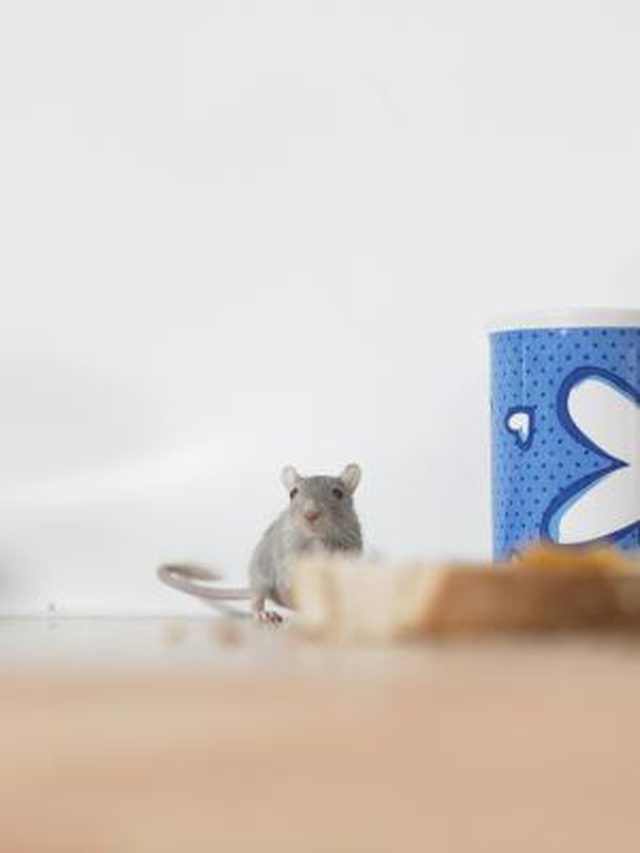Bulbs
Flower Basics
Flower Beds & Specialty Gardens
Flower Garden
Garden Furniture
Garden Gnomes
Garden Seeds
Garden Sheds
Garden Statues
Garden Tools & Supplies
Gardening Basics
Green & Organic
Groundcovers & Vines
Growing Annuals
Growing Basil
Growing Beans
Growing Berries
Growing Blueberries
Growing Cactus
Growing Corn
Growing Cotton
Growing Edibles
Growing Flowers
Growing Garlic
Growing Grapes
Growing Grass
Growing Herbs
Growing Jasmine
Growing Mint
Growing Mushrooms
Orchids
Growing Peanuts
Growing Perennials
Growing Plants
Growing Rosemary
Growing Roses
Growing Strawberries
Growing Sunflowers
Growing Thyme
Growing Tomatoes
Growing Tulips
Growing Vegetables
Herb Basics
Herb Garden
Indoor Growing
Landscaping Basics
Landscaping Patios
Landscaping Plants
Landscaping Shrubs
Landscaping Trees
Landscaping Walks & Pathways
Lawn Basics
Lawn Maintenance
Lawn Mowers
Lawn Ornaments
Lawn Planting
Lawn Tools
Outdoor Growing
Overall Landscape Planning
Pests, Weeds & Problems
Plant Basics
Rock Garden
Rose Garden
Shrubs
Soil
Specialty Gardens
Trees
Vegetable Garden
Yard Maintenance
How to Keep Mice Out of Your Dryer Vents
How to Keep Mice Out of Your Dryer Vents. Mice take refuge where it is warm, dry and safe from predators. To a mouse, clothes dryer vents are an ideal home or a convenient way to gain entry to a house. Because indoor mice can be destructive, not to mention unhygienic, you probably don’t want them nesting inside. Keeping mice out of dryer...

Mice take refuge where it is warm, dry and safe from predators. To a mouse, clothes dryer vents are an ideal home or a convenient way to gain entry to a house. Because indoor mice can be destructive, not to mention unhygienic, you probably donít want them nesting inside. Keeping mice out of dryer vents primarily involves blocking their entry without creating a fire hazard. A few other techniques can deter mice from your home altogether.
Things You'll Need
Pruning equipment
Metal vent screen or rodent-proof vent
Steel wool
Caulk
Caulking gun
Clothes dryer sheets
Peppermint oil
Cotton balls
Live or snap mousetraps
Examine the clothes dryer's vent flap. Ensure it closes securely and is not wedged open.
Prune or remove vegetation around the dryer vent flap and the rest of your house. Vegetation provides mice and other small rodents with cover, from which they may enter the vent or other gaps leading indoors.
Install a metal vent screen or rodent-proof vent according to its manufacturerís instructions. Do not install a plastic vent screen. Remove lint and fluff from the screen at least once each week. Lint is flammable and, when combined with heat from the dryer, constitutes a fire hazard.
Seal cracks around the vent with steel wool, and cover the steel wool with caulk. Mice cannot chew through steel wool.
Place a dryer sheet in the clothes dryer with each load of laundry. Mice are often repelled by dryer sheets' scent.
Position cotton balls soaked with peppermint oil throughout your laundry room and anywhere else you suspect the presence of mice. Put the soaked cotton balls behind the dryer, underneath the sink, in closets and along walls. Mice like dark places, but mint is repulsive to them. Refresh the cotton balls with peppermint oil every few weeks.
Employ live or snap mousetraps if you have a serious mouse infestation. Check snap traps at least once each day and live traps every hour. Dispose of dead mice in tightly knotted plastic bags in the trash. Release live mice as far from your house as possible, preferably one or more miles away.
Tips & Warnings
Once the mice are gone, clean the laundry room with a solution of hot water and household bleach or all-purpose disinfectant.
Always wear rubber gloves when handling dead mice and mousetraps containing live mice, to prevent infection. Wash your hands thoroughly afterward.
Donít put cotton balls or dryer sheets in a clothes dryer vent because it is a fire risk.